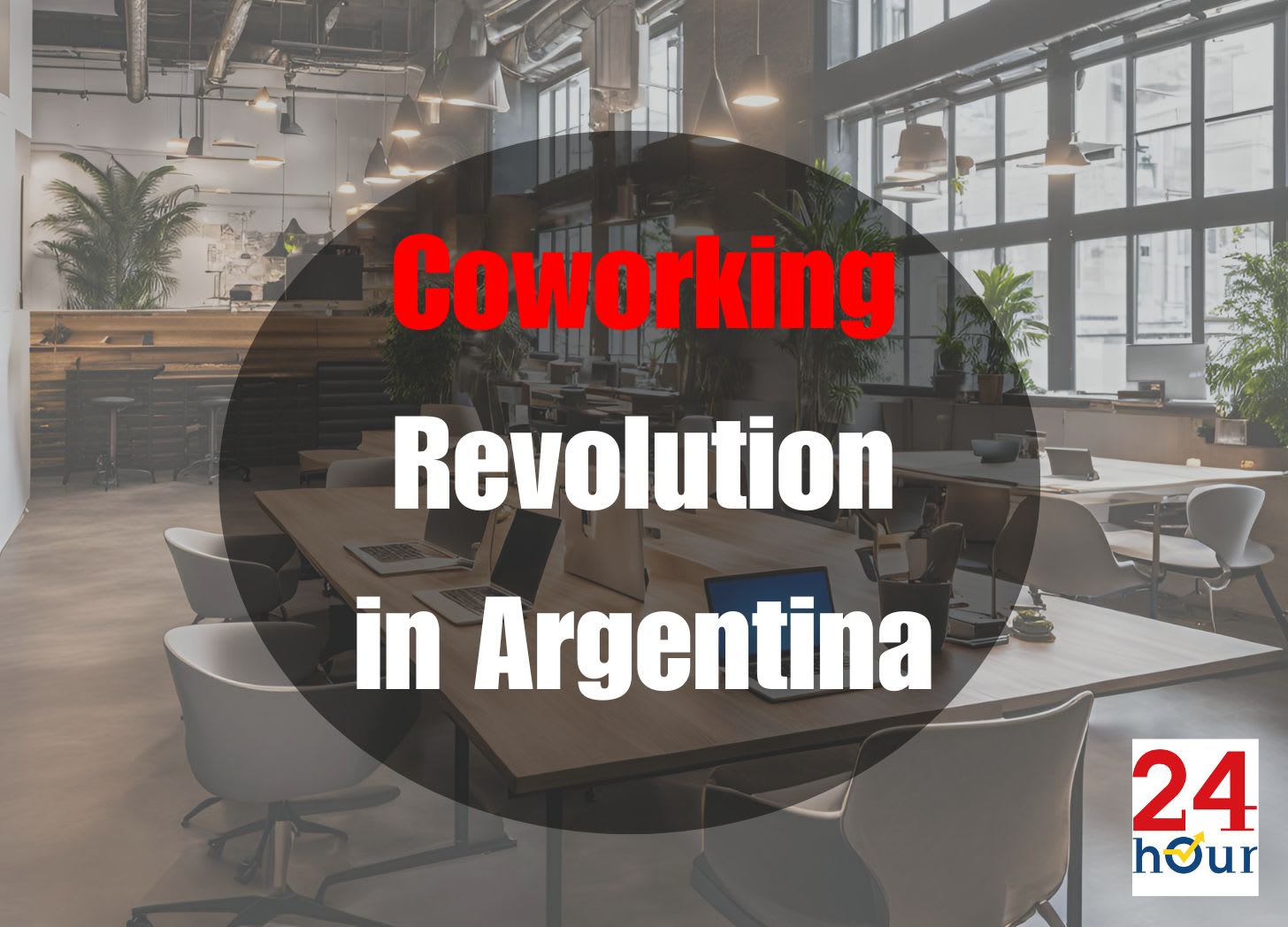How Coworking is Changing Work in Argentina
The coworking phenomenon has also taken root in Argentina, where it is reshaping the work culture in big cities like Buenos Aires, Córdoba, and Rosario.
Highlights
Read about how coworking spaces encourage collaboration and creativity
Learn why coworking spaces offer flexibility and affordability
Explore what challenges come with open-plan coworking spaces
In recent years, coworking spaces have surged in popularity, transforming how people think about work. What began as a niche solution for freelancers and…
Keep reading with a 7-day free trial
Subscribe to 24Hour Journal to keep reading this post and get 7 days of free access to the full post archives.




